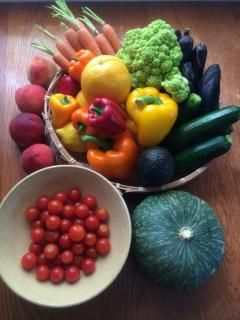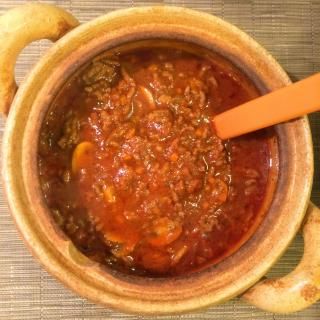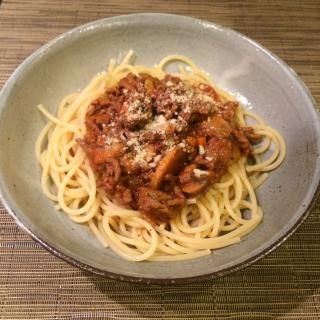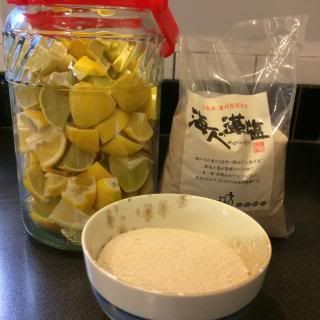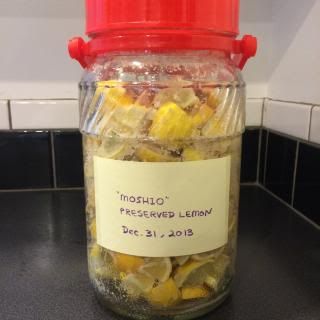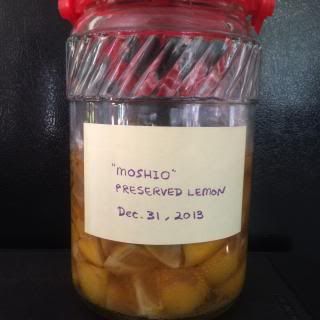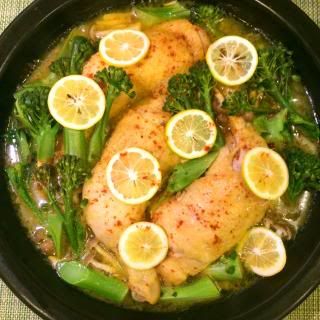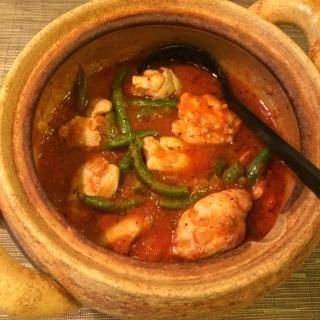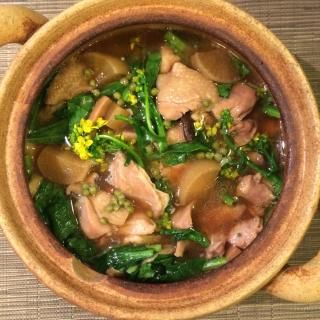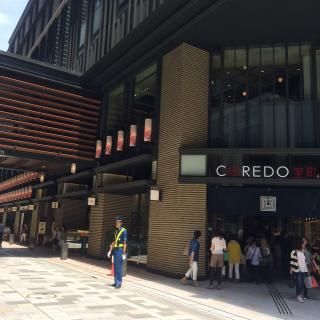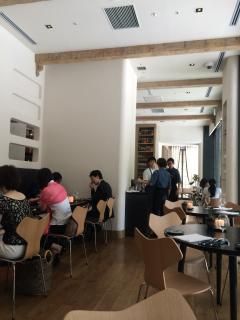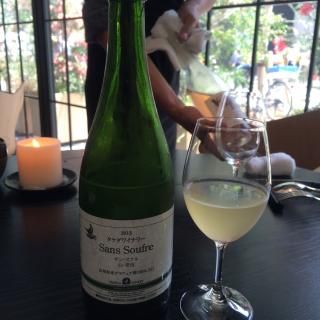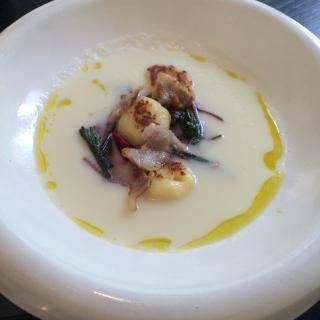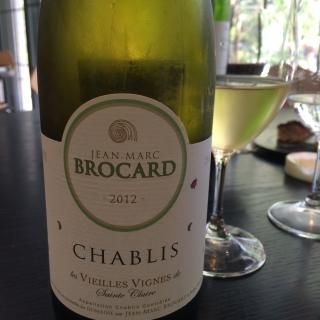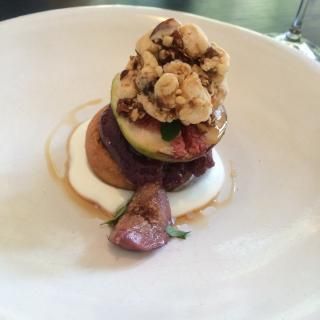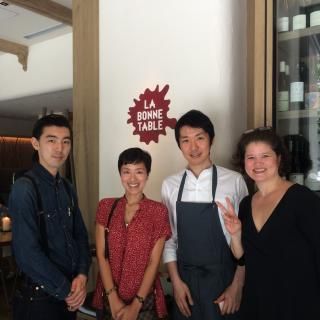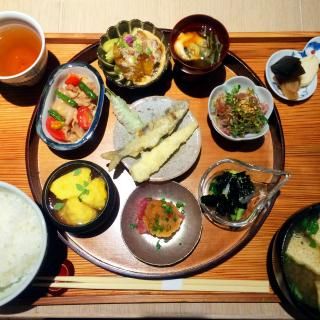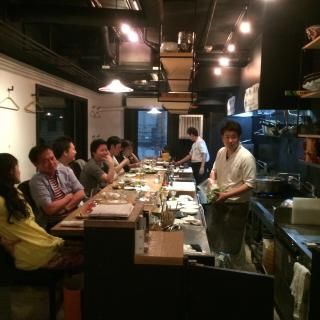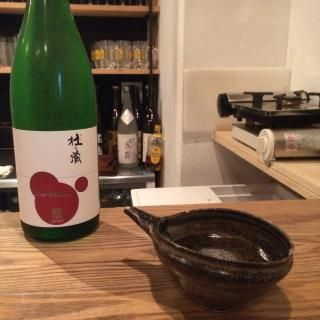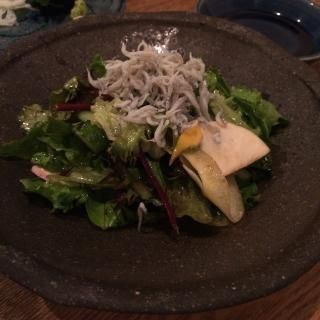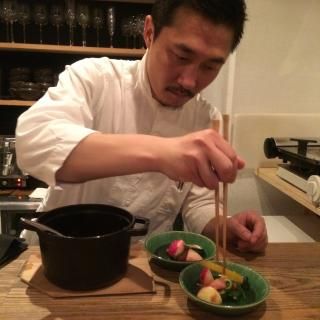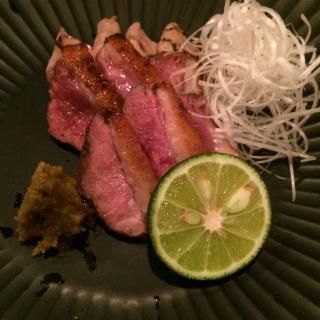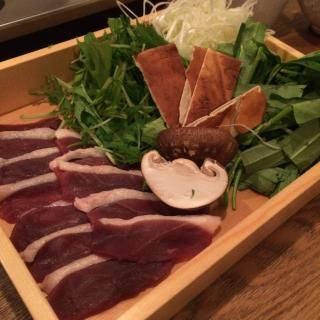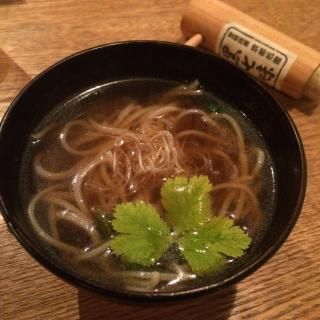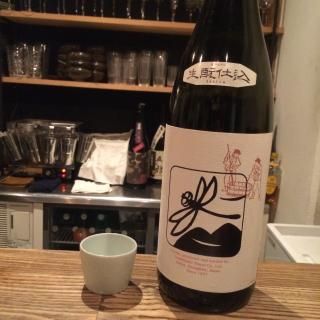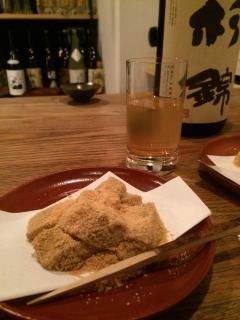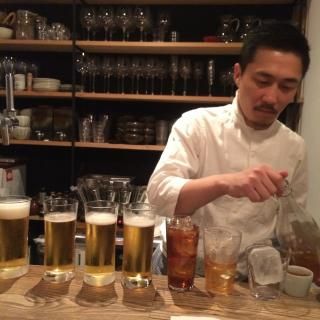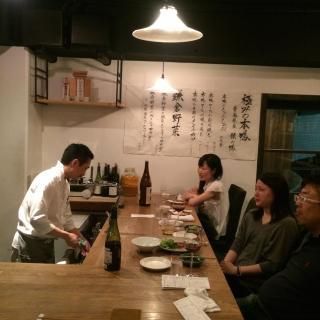My heart is so geared up for all the summer flavors. Ratatouille is one of the simple summer dishes I enjoy both making and eating so much. Jason loves my ratatouille so much that he says he can eat a whole donabe full of it himself.
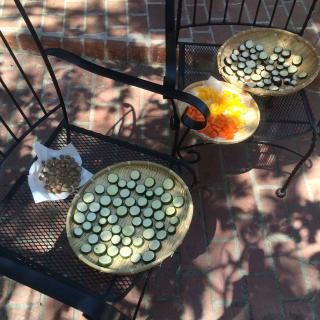
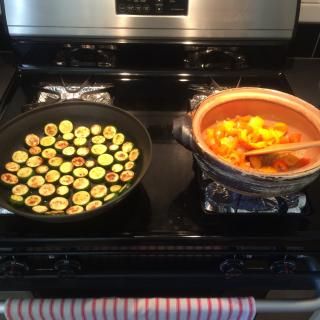
There are few points for the wonderful result in my donabe ratatouille. First, I sun-dry the vegetables for a few hours to half day. I'm not necessarily drying the vegetables, but I let them "sun-bathe" until they shrink a little and just the outside is dry when touched but inside is still moist. This process will make the dish less watery and flavors richer in umami. Also, the texture will be much better (less mushy), too. Also, instead of cooking everything in one pot, I pan-fry the eggplant and zucchini separately in a sauté pan until the surface is golden brown, before assembling with the other ingredients in donabe. This process helps preventing ingredients from collapsing, and makes the texture better, too.

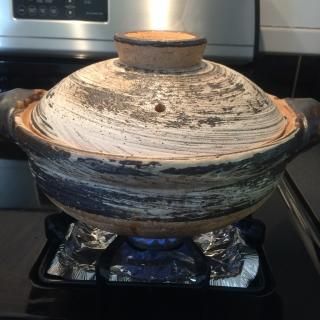
Once all the vegetables are in a donabe, add the crushed tomato, shio-koji (or salt is okay), and the remaining ingredients. Then, simmer for 15 minutes or so.

The delicious ratatouille is ready. Shio-koji seasons the dish with rich round flavor. It's an excellent donabe dish.
Shio-koji Ratatouille
(for medium-size classic-syle donabe)
Ingredients: 4 servings
4 medium zucchini, cut into 1/3" (8 mm) thick disks
6 medium Japanese eggplant, cut into 1/3" (8 mm) thick disks
1 yellow bell pepper, cut into bite-size pieces
1 orange bell pepper, cut into bite-size pieces
5 oz (150 g) shimeji mushrooms
6 oz (180 g) cherry tomatoes, cut in half
1 medium onion, minced
1/2 tablespoon fennel seeds
2 cloves garlic, thinly-sliced
1 1/2 cups (360 ml) crushed tomato (in a jar or can)
1 teaspoon oregano
2 tablespoons shio-koji or 1 teaspoon salt
2 tablespoons chopped fresh basil
olive oil
salt and pepper
Procedure:
- Place the cut zucchini, eggplant, bell peppers, and shimeji mushrooms in baskets, and let them sun-dry until they are slightly shrank and dry on the surface (a few hours to half day). Rinse and pat dry. Cut off the bottom of the shimeji mushrooms and pull apart by hand.
- Meanwhile, pre-heat the oven at 350F (180F) degrees. In a sheet pan, toss the cherry tomatoes with a small amount of olive oil and season with some salt and pepper. Roast in the oven for 25 minutes. Remove from the oven and set aside.
- In a sauté pan, heat 2 tablespoons olive oil and cook the zucchini until both sides are lightly browned over medium-high heat (about 1-2 minutes each side). Transfer to a bowl. In the same sauté pan, heat 3 -4 tablespoons olive oil and cook the eggplant the same way as zucchini. Add more olive oil, if necessary. Transfer the eggplant into the same bowl as the zucchini. Set aside.
- In a donabe, heat 2 tablespoons olive oil and sauté the onion and fennel seeds over moderate heat until the onion is very soft (about 10 minutes). Add the garlic and sauté for a couple more minutes. Add the bell peppers and shimeji mushrooms, and sauté until the bell peppers are soft (3-4 minutes).
- Add the crushed tomatoes, shio-koji, zucchini, and eggplant and set over medium-high heat. As soon as the sauce starts boiling, turn down the heat to simmer. Simmer for 10 minutes.
- Add a good pinch of black pepper. Adjust the seasoning with salt, if necessary. Add the cherry tomatoes and gently stir. Turn off the heat and let it rest for a few hours. For even better flavor, transfer the content to a different bowl and let it rest overnight in refrigerator.
- When it's ready to serve, Add the basil and stir gently. Drizzle more olive oil. Serve cold or at a room temperature.
Happy donabe life.


